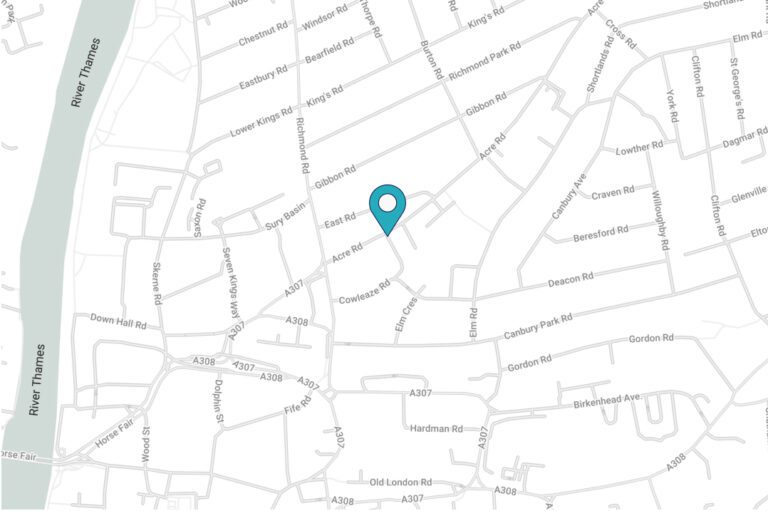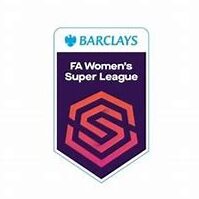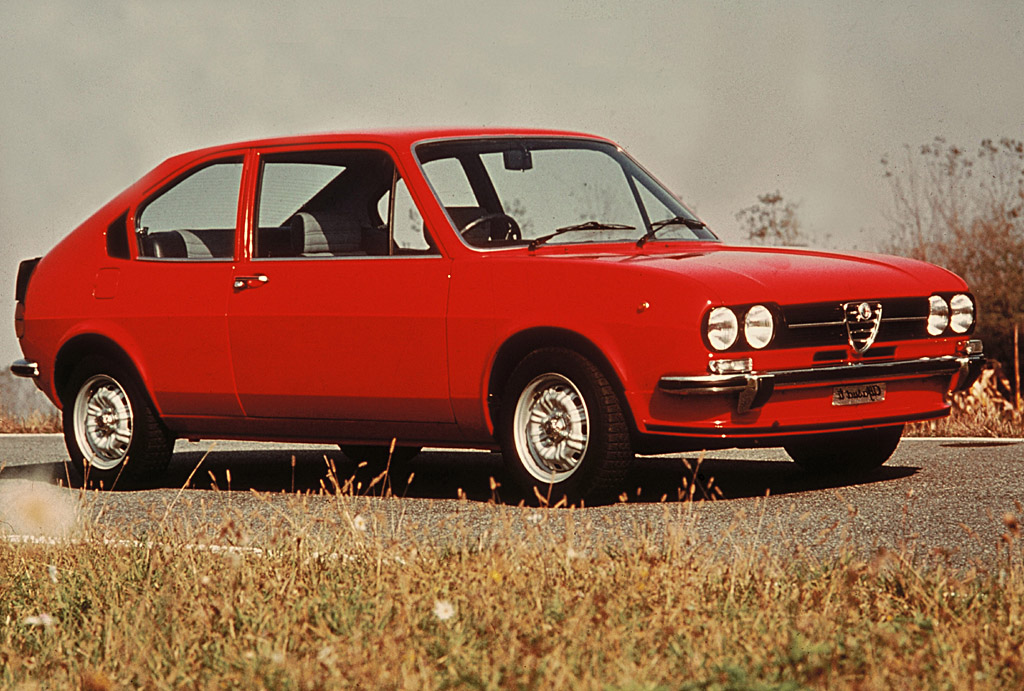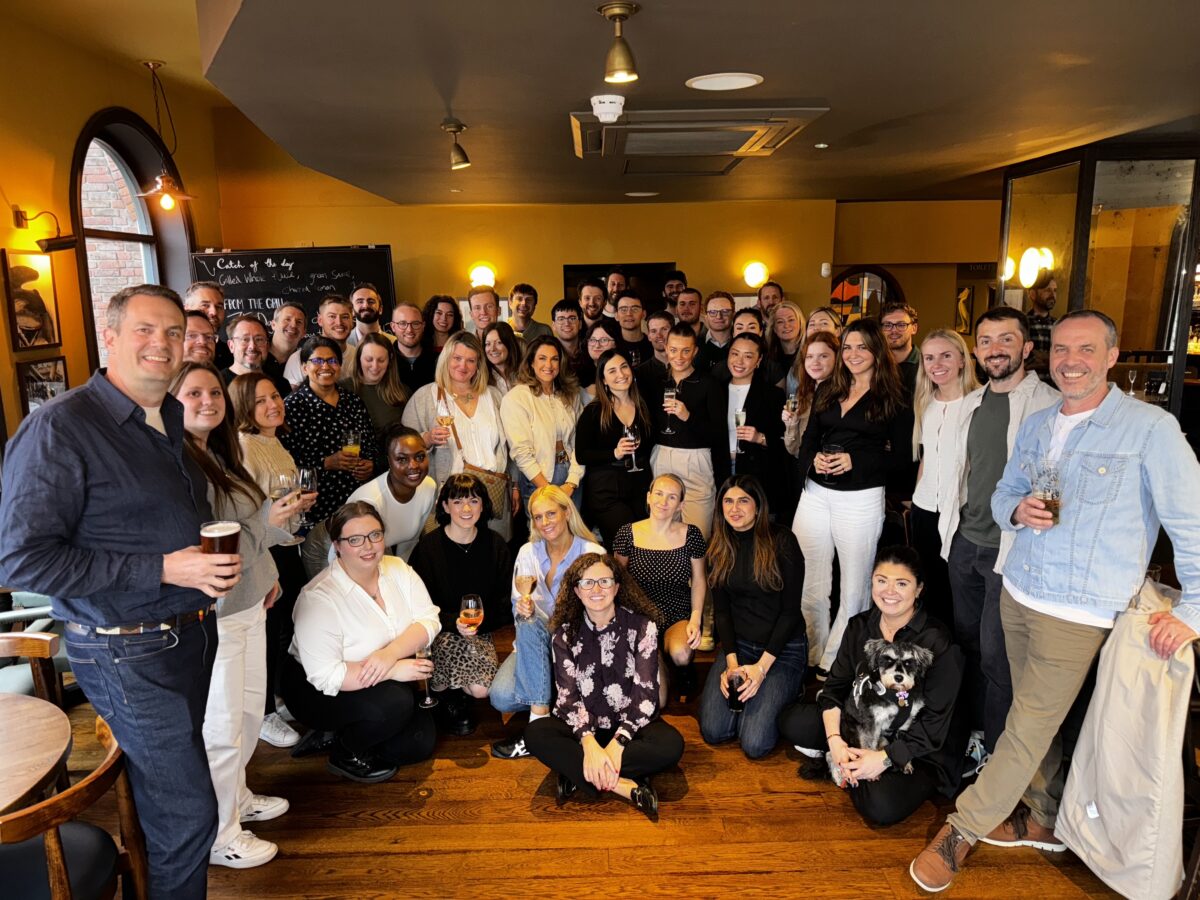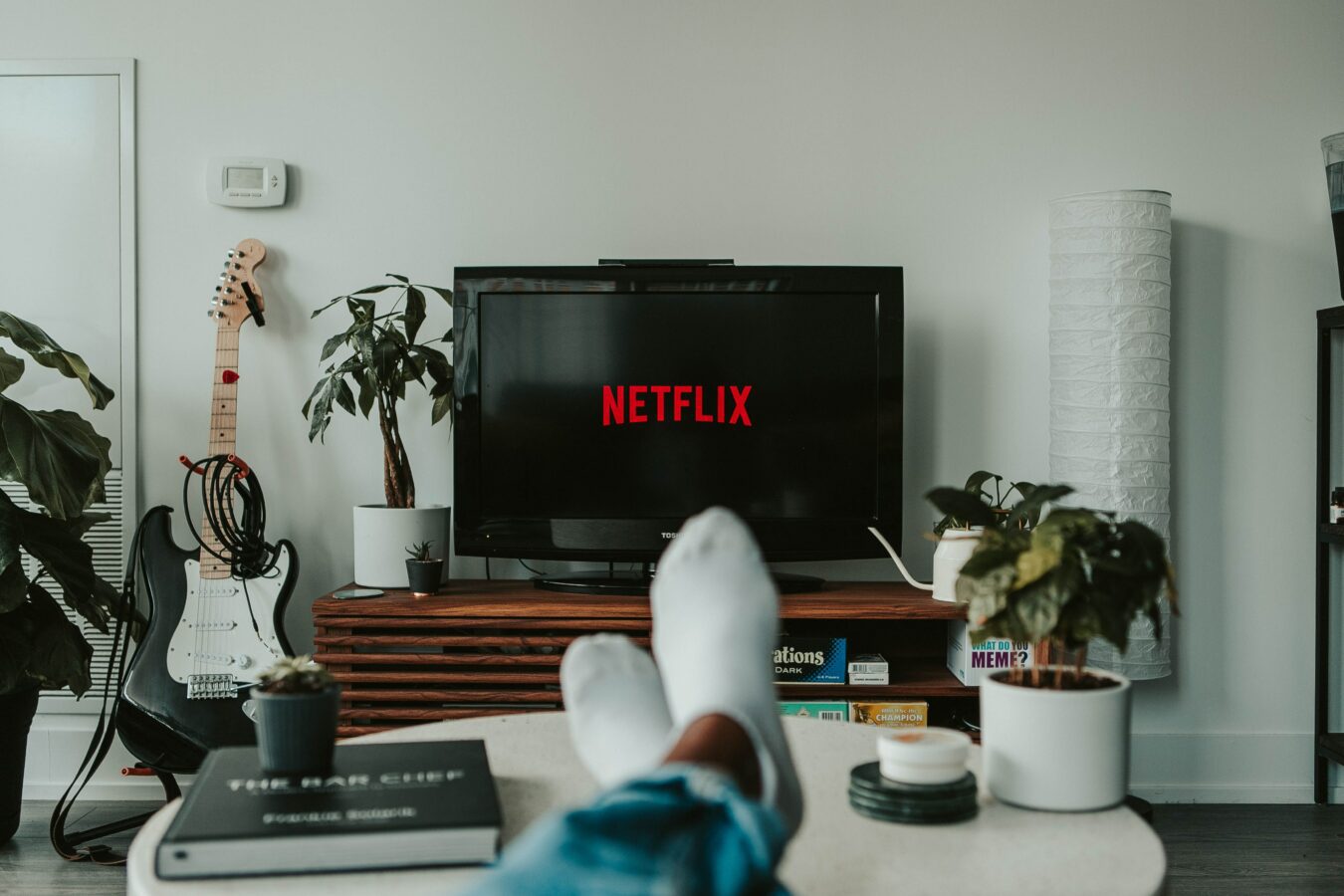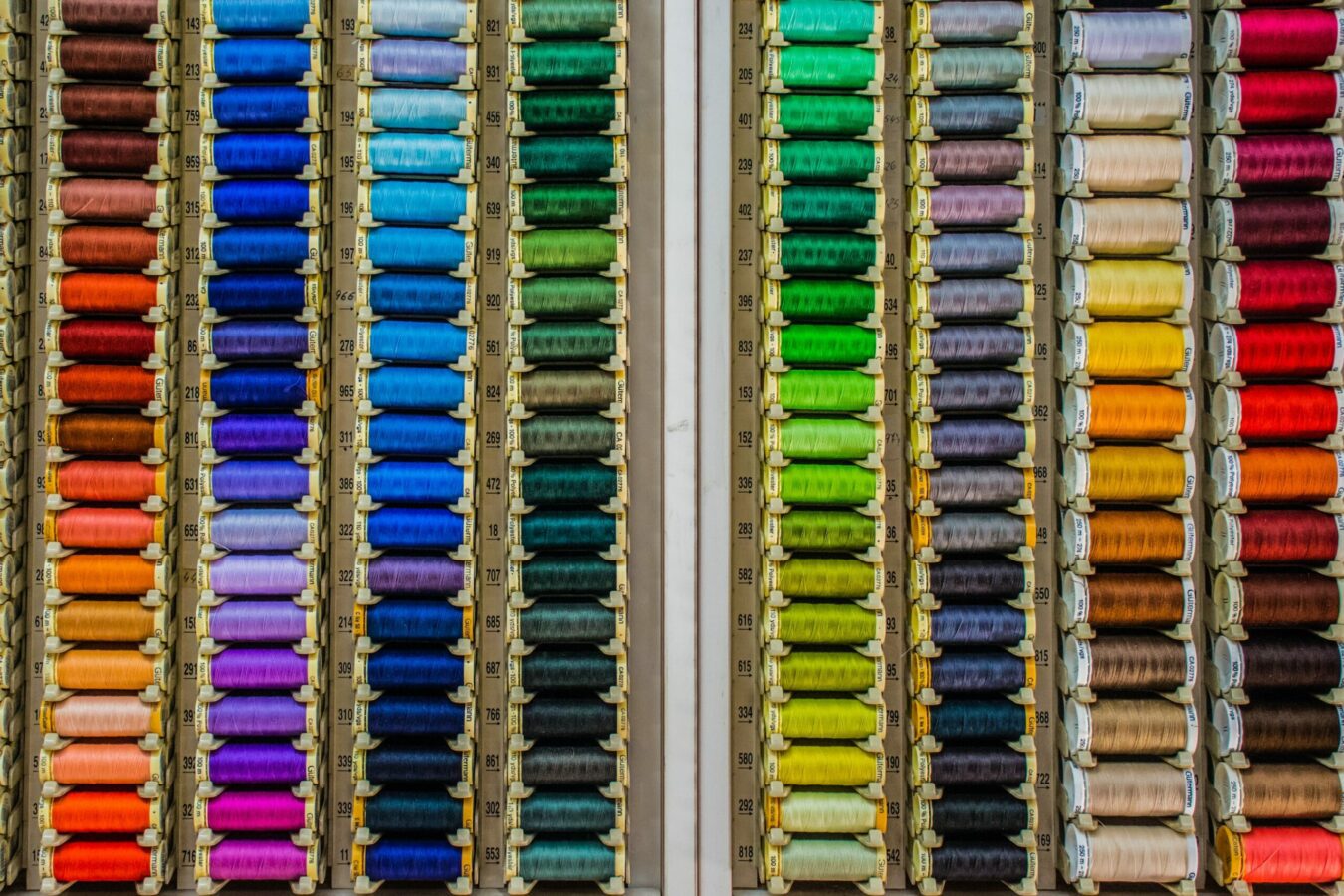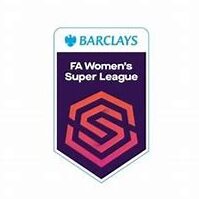 As the women’s football season draws to a close in England, and before the Women’s Euros kicks off, I wanted to look at how the main sponsors have activated their sponsorships.
As the women’s football season draws to a close in England, and before the Women’s Euros kicks off, I wanted to look at how the main sponsors have activated their sponsorships.
I started looking at Barclays and its title sponsorship of the Women’s Super League. But I couldn’t find any activations online or on social media channels. So I looked at its sponsorship of the Men’s Premier League and couldn’t find anything there either.
I then looked at Vitality and its sponsorship of the Women’s FA Cup but it was the same. Same thing with Emirates and its sponsorship of the Men’s FA Cup.
So I started thinking about these title sponsors and what they’re getting from these sponsorships.
Is the visibility provided by title sponsorship rights enough? Does being one of several logos on a backdrop provide enough Return on Investment?
If you’re a sponsor and your objective is brand awareness, then it definitely does the job. If you’re looking for brand preference, then you’re probably ok too as research has shown that brands associated with sports tend to have higher preference than those who have nothing to do with sport.
However, if you’re a rightsholder and your task is to grow the sport or increase participation alongside making a profit, then a brand that just wants the title sponsorship or some form of association with the sport might not be the best partner (although I appreciate not many NGBs have the luxury of picking and choosing their sponsors).
If we focus on women’s sport, I’d argue that title sponsorship isn’t enough and that brand awareness shouldn’t be the default metric. Rightsholders
should look for brands that can add some value to the property, for its fans, participants and stakeholders. And brands should see women’s sport as a huge opportunity to be more innovative in their approach to sponsorship activation whilst also maximising interest in such a growing area.
We all want women’s sport to succeed and be seen as a commercially viable investment option. However, brands need to revisit how they measure that investment and move away from clicks and views into something more meaningful. Given the entry point is generally lower for women’s sport, sponsors and rights holders should aim for a more equal split between spend on buying the rights and spend on activating the sponsorship. The deal should be seen as the start of the hard work, not the end.
